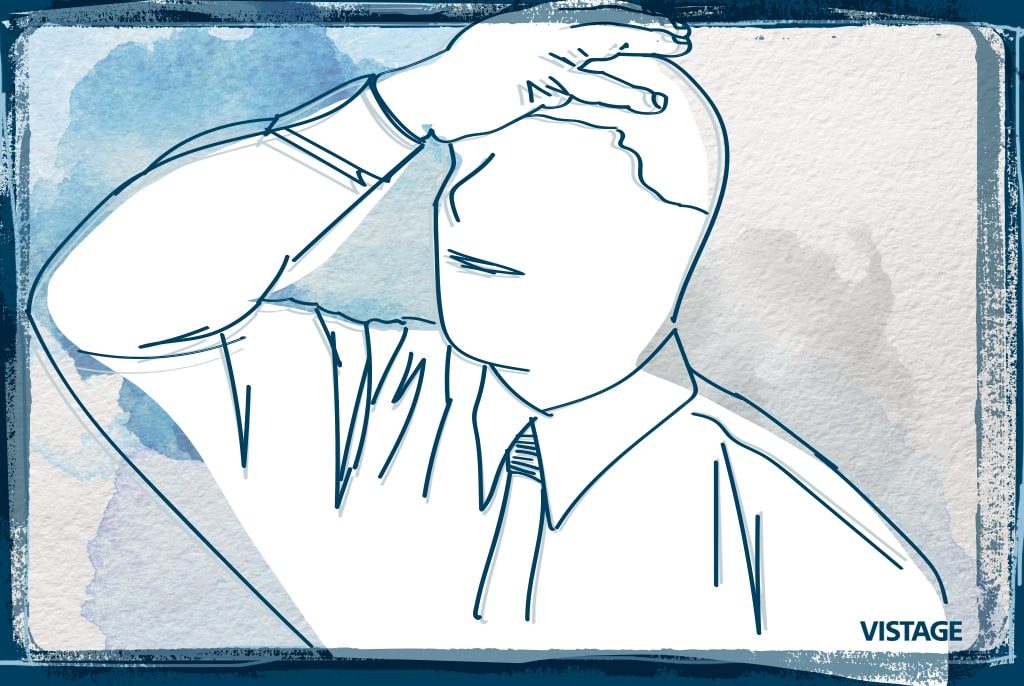How to learn from failures

Most of our lives, we try to learn best practices used by successful people and companies. As parents, we identify successful people that our children can use as role models. Teachers of leadership and strategy focus students on companies that succeed because of their commitment to excellence in strategic design, execution, customer service, employee engagement, etc.
Yet, we can often learn more from studying what went wrong, since that provides guidance to the limits of success (e.g., scale, culture differences, etc.) and shows how to look for such challenges. When I started teaching MBA courses, I reviewed others’ curricula and found a course that focused on “5 companies that failed.” Venture Capitalists often prefer to work with entrepreneurs who’ve endured at least one failure because it sharpens their ability to see obstacles and shows a person’s agility to overcome challenges. As a result, I incorporate “failure” stories in my classes.
One reason for failure is poor design. For instance, I dedicate a section of my course on corporations’ international expansion to discuss why so many top companies (e.g., Walmart, Target, Starbucks, etc.) have launched operations in other countries only to pull out later due to massive losses. A major reason is a lack of appreciation of the local culture for which the U.S.-sculptured operation doesn’t fit.
Another reason or failure is poor execution. In Values, Inc., Dina Dwyer-Owens relates the story of a $100 billion company that was hailed as “America’s Most Innovative Company.” As part of the onboarding system, every employee was handed a booklet with the Company’s “Code of Ethics,” which included values such as “Respect, Integrity, Communication and Excellence.” Yet, Enron evolved into a poster-company for greed, dishonesty, etc. More recent examples include General Motors’ faulty ignition switch and Volkswagen’s “defeat software” to mask true emissions.
Matthew Syed, in Black Box Thinking: Why Most People Never Learn from their Mistakes – But Some Do, explores this issue. The title refers to two almost-indestructible black boxes that are part of every aircraft to record instructions sent to the onboard electronic systems and the conversations and sounds of the cockpit. If there is an accident, they are opened and the data are analyzed to insure that the procedures that led to the crash will never happen again. Does analyzing sources of failure work? At the beginning of flight, eight of 14 U.S. Army pilots in 1912 died in crashes – over 50%; fatality rates among army aviation schools were close to 25%. By 2013, there were 36.4 million commercial flights worldwide carrying over 3 billion passengers. Only 210 people died; for every million flights on Western-built jets, there were 0.41 accidents – one per 2.4 million flights.
‘The people most likely to solve the puzzle’
As many of the holders of X-prize competitions (e.g., Netflix and Allstate Insurance; see Exponential Organizations) have learned, the people most likely to solve the puzzle and create more success, are not “industry experts” but people from the outside the industry who bring a fresh perspective. Syed relates a similar finding. Unilever manufactured a detergent by forcing boiling hot chemicals through a nozzle at super-high levels of pressure and speed to separate vapor from powder. The problem was that this was inefficient, because the nozzles kept blocking and made detergent grains of different sizes.
So they turned to their in-house team of mathematicians who were experts in high-pressure systems, fluid dynamics, physics, chemical analysis, etc. They came up with a new design – which didn’t work. Then management turned to a team of biologists who, while lacking expertise in fluid dynamics, had a profound understanding of the relationship between failure and success. They took 10 copies of the nozzles and applied small changes (i.e. making them longer, shorter, bigger holes, smaller holes, etc.). Only one showed any improvement. Understanding the process of evolution – how superior variations evolve into better ones – they repeated the process, again and again. After 45 generations, and 449 failures, they had a nozzle that was outstanding: many times better than the original.
So, how do you use failures and the insights of people “outside” the system, who have fresh perspectives to ensure you avoid future failures? How can you more effectively do so in the future? Share your practices and ideas for the future in the comments below. Let’s learn from one another!
Jerry Cahn, Ph.D, J.D., is a NYC Vistage Chair and speaker on creativity/innovation, culture strategy and accountability models for growth (including “Are You Ready for Exponential (10X) – Growth?”). He teaches for CUNY and University of Shanghai; he also blogs for the Presentation Excellence Group. Contact at: 646-290-7664 or jerry.cahn@vistage.com.
Category : Leadership

